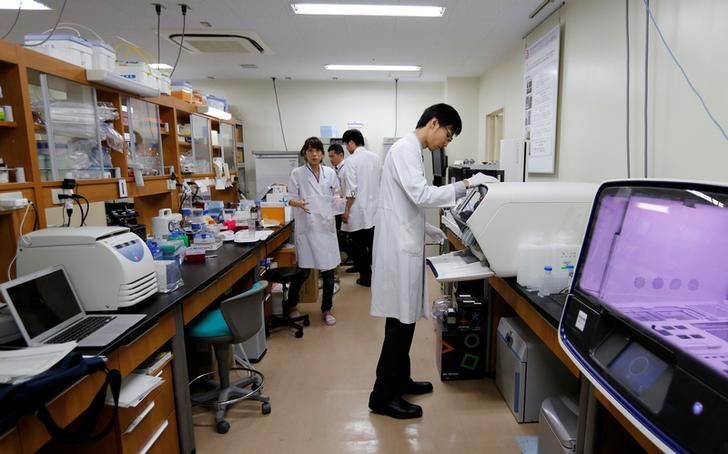You need to be a subscriber to view this content
Bonds

Global

Americas

EMEA

Asia

Emerging Markets

Securitisation

ESG

Global

Americas

EMEA

Rates

New Issues






